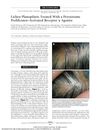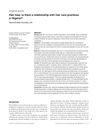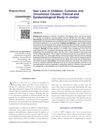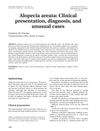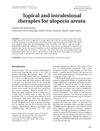Medical and Environmental Risk Factors for the Development of Central Centrifugal Cicatricial Alopecia
April 2011
in “
Archives of Dermatology
”
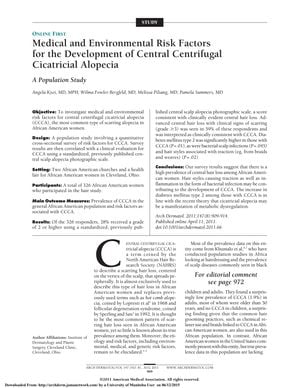
TLDR Type 2 diabetes, bacterial scalp infections, and tight hairstyles like braids and weaves are linked to a higher risk of a scarring hair loss condition in African American women.
The study examined 326 African American women to identify risk factors for Central Centrifugal Cicatricial Alopecia (CCCA), a prevalent scarring alopecia. It found that 28% had central hair loss, with 59% showing advanced hair loss indicative of CCCA. The results indicated that type 2 diabetes mellitus was significantly more common in those with CCCA (P=.01), as were bacterial scalp infections (P=.045) and hair styles that cause traction, like braids and weaves (P=.02). Although chemical relaxer use was not significantly linked to CCCA, its effects were hard to isolate due to its common use. The study also suggested that CCCA might be a sign of metabolic dysfunction, given the overrepresentation of type 2 diabetes mellitus in affected individuals. A history of male-pattern baldness in maternal grandfathers emerged as a risk factor, but hormonal dysregulation did not. The study acknowledged limitations such as self-report bias and the absence of biopsy confirmation for CCCA diagnosis, calling for further research to investigate the associations found.
